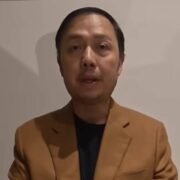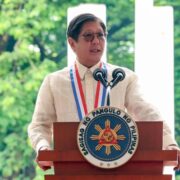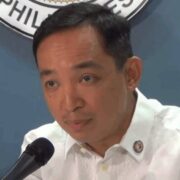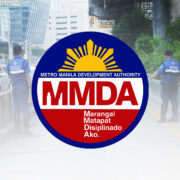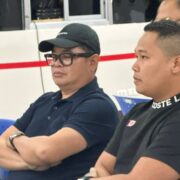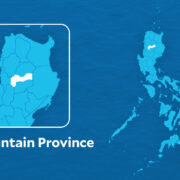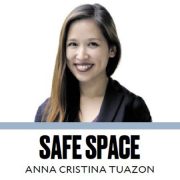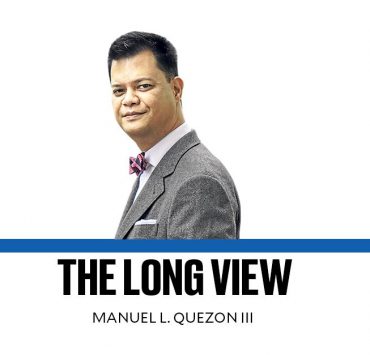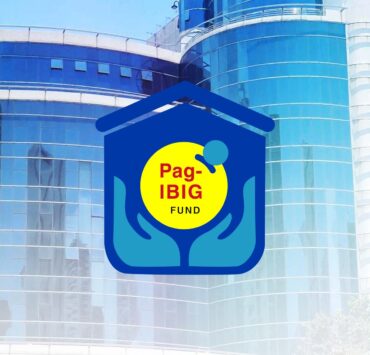A superbody to fix labor skills gap

The World Economic Forum predicted in its “Future of Jobs Report 2025” that 170 million new jobs will be created this decade due mainly to technological advancements, the green transition, and economic and demographic shifts sweeping the globe.
But then, 92 million jobs—from clerks to accountants, graphic artists, and security guards, bank tellers and bookkeepers—will be displaced by these same trends that are reshaping the workplace.
While the figures do mean that there will be a net employment increase of 78 million jobs globally, chances are unfortunately high that there will be more reductions than additions in countries like the Philippines, where the current skills of the labor force may be grossly inadequate to cope with the evolving demands of future employers thus shutting them out of the job market.
The Philippine Business for Education lamented the education crisis that will continue to worsen unless drastic steps are taken. “Our graduates cannot find jobs, while industries cannot also find the right talent—so this paradox continues to define our education and labor landscape. The gap between what our schools use and what our employers need is growing even wider,” said PBEd executive director Hanibal Camua.
Systemic issues
It is in this context that a “super body” formed by President Marcos to once and for all close the gap between what the education system produces, and the needs of the labor industry becomes imperative.
On Aug. 13, Mr. Marcos signed Administrative Order No. 36, establishing the Education and Workforce Development Group (EWDG) that will “address longstanding concerns in the education sector and foster a complete, adequate, and integrated education system in the country.”
The administration’s latest move to shore up the education sector is on top of the Enterprise-Based Education and Training Framework Act, signed into law in November last year to likewise solve the problem of equipping Filipinos with the right skills required by the industry as well as the government that both want to raise their competitiveness.
The importance of the high-level super body’s work cannot be overemphasized given the systemic issues plaguing the Philippine education sector, including those outlined by the Second Congressional Commission on Education (EdCom II), a congressional body tasked to undertake a comprehensive national assessment and evaluation of the performance of the Philippine education sector.
Singular focus
As pointed out by EdCom II executive director Karol Mark Yee, these significant issues that surfaced as it prepared its extensive reports on the vast education sector include the “fragmented implementation of education programs, misaligned teacher development efforts and inconsistent education plans and policies” that now stand a better chance of being resolved following Mr. Marcos’ “decisive action” in creating the EWDG.
Thus, central to the EWDG’s tasks is the formulation of a 10-year National Education and Workforce Development Plan, a long-term blueprint providing a unified and strategic direction for the education and workplace systems to align with the evolving demands of the local and global economy.
It will cover all stages of the education sector, as one cannot be improved without the others, thus it will encompass reforms in childhood education, basic education, higher education, and vocational skills training.
The singular focus will be on learning recovery, tracking of learner progress, and the need to meet future human resource requirements guided by global standards, and also drawing from the specific needs of the private sector and industry that will need highly skilled Filipinos to take their businesses to the next level and even to the global stage.
Comprehensive mandate
The EDWG was also given the unenviable task of undertaking a sweeping evaluation of all existing interagency bodies with duties and functions related to education and workforce development in a bid to streamline and rationalize them, which means that the various government bodies can be merged or abolished based on their functions, performance and structure.
This was an offshoot of EdCom II’s findings that the country’s education agencies are saddled with as many as 68 interagency responsibilities, and yet none were specific to education coordination and manpower development, thus the Filipino people are not getting the most of the budget that goes into these various agencies.
But with the new superbody led by the President himself and comprehensive mandate, the hope is that the Philippine education sector will be transformed “into one that is responsive, competitive and globally aligned,” as well as more deserving of the annual budget.
Such a move has generated much excitement and rightly so, and the stakeholders in the education sector must use this opportunity to lend support and work with the superbody to ensure that it delivers on its goals. Failure on this is not an option.


